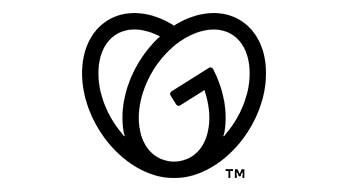
| Starting price | $5.99/mo |
|---|---|
| Pricing model | Per License |
| Free Trial | 30-day |
| Free Version | Yes |
Graphic design software allows designers, artists and creative professionals to bring their ideas to life with stunning images. Boost your creative efforts and discover our hand-picked selection of top-notch graphic design software.
Find the best value graphic design software at SaasGenius.
Finding the right graphic design software to suit your needs can be overwhelming. Our top-notch selection represents the pinnacle of value and quality, allowing you to unleash your creativity and effortlessly create visually stunning designs.

| Starting price | $5.99/mo |
|---|---|
| Pricing model | Per License |
| Free Trial | 30-day |
| Free Version | Yes |
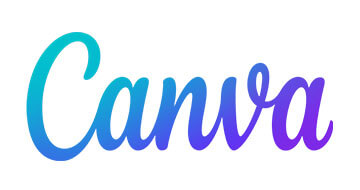
| Starting price | $12.99/mo |
|---|---|
| Pricing model | Per User |
| Free Trial | 30-day |
| Free Version | No |
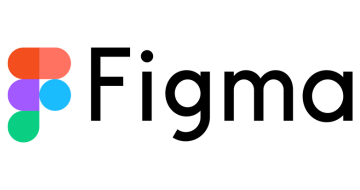
| Starting price | $15/mo |
|---|---|
| Pricing model | Per User |
| Free Trial | No |
| Free Version | Limited version |
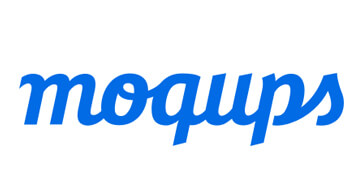
| Starting price | $17/mo |
|---|---|
| Pricing model | Per Seat |
| Free Trial | Free (limited storage) |
| Free Version | Yes |
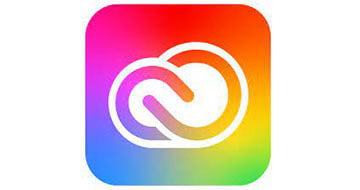
| Starting price | $52.99/mo |
|---|---|
| Pricing model | Per User |
| Free Trial | 30-day |
| Free Version | No |
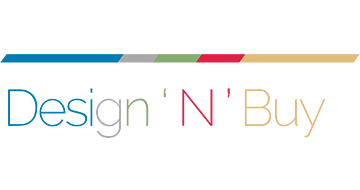
| Starting Price | Contact for price |
|---|---|
| Pricing Model | Per Feature |
| Free Trial | Yes |
| Free Version | Yes |
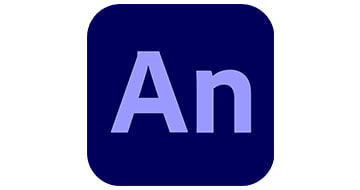
| Starting price | 31.49/mo |
|---|---|
| Pricing model | Per User |
| Free Trial | 7 days |
| Free Version | No |
Graphic design is an art where visual content is created to communicate a message. In order to do this, graphic design software is needed. This is because this software can provide artists with a range of tools in order to create their designs. This can include typography, vector images, and the like. Additionally, graphic design apps can help users to meet their specific needs when it comes to creating elements within their designs.
Each solution does come with a range of different options though. For instance, the best logo design software will offer more painting and colorization options than the best interior design software, which will focus more on vector images and line work.
This makes it important for users to carefully select the software they need. On top of that, it’s not only big businesses using this type of software, but individuals too. As such, there is a range of different options out there from free graphic design software with only basic functions to more costly graphic design software with a huge array of features.
It is an incredibly useful software solution that can edit images. Images can be created from scratch, manipulated, and typography added. Here we quickly outline the different functions that the best graphic design software can do.
We follow a strict ranking method to provide unbiased recommendations for graphic design software. Our experts thoroughly analyze and evaluate each software based on key factors such as performance, ease of use, features, and support. Check out our methodology on our site and discover the top-rated graphic design software that best fits your needs.
The best interior design software has a wide array of different functions and features. It should not only be solely for image editing. The best graphic design apps will have a lot more, as well. Not only should it enable drawing and vector art manipulation, but it should enable individuals and companies to create and maintain brands through consistent software tools. Below are some main features found in the best graphic design software.
All free graphic design software has the basics of photo editing in its arsenal. This includes the option to actually create images from scratch. However, not all solutions give the option to actually paint and draw within their tools.
Vectors are the digital shapes that make up images in software. They are made up of lines and curves based on mathematical algorithms. Also known as paths, these are the lines that enable users to scale images without losing the overall shape and design. Particularly when it comes to the best logo design software, having this feature is hugely important. Some software also provides the option to convert bitmap images into vectors, which is an additional plus.
As part of the photo editing process, it’s important for users to be able to employ color editing too. This is particularly noticeable in the best interior design software options out there, which often also have a massive array of different color and tonal options to employ.
Before getting into using the best design software, it is important to understand what the benefits are from using such software. Of course, this will depend on your needs as the programs and software available all have different features and, subsequently, benefits. Large publishing companies for instance will need the best logo design software, while an individual house designer will be searching for the best interior design software. Small businesses and charities with limited budgets will want the best free graphic design software that still offers the most features.
There are almost endless benefits to picking the top graphic design solutions. Here we will take a look at the different use-cases for each product. So, no matter if you’re a big business or a freelancer, here are some of the best reasons to get graphic design software.
Excitingly, most graphic design tools are geared towards branding. Creating your images and logos in such software has never been easier. This is because the software can save designs, rescale them, edit them, and everything else. Complex design work is also possible, although some software is a little slower in this area.
Helping to make processes faster and more streamlined are shortcuts. Most software will have various shortcuts giving you faster access to the necessary tools for your design work.
Being able to create images from scratch is a must in graphic design. Most solutions will have a wide array of drawing tools for this reason. These will include simple line tools, paintbrushes, erasers, and much more.
With vector image options, resizing, moving, and layering elements and images has never been easier. This makes it very easy to create complex, layered designs. Better yet, these can be repeated for adding to various different projects. Additionally, software that can create templates and that includes desktop publishing for multi-page layouts can provide a whole new set of features for users.
Being able to cope with a variety of file sizes is a must. These days, the top graphic design solutions can handle RAW files easily. Additionally, they can save files and images in a range of different file types so that they can be easily exported.
All software needs to be easy to use. This means that the interface is understandable and allows you to access the tools you need efficiently. Some software also has customization options which makes it even easier.
Nowadays, all software must be mobile optimized too. This means that not only can the designs be used on a mobile device, but the software can too. There are now smaller app versions of these types of software so that it’s possible to get editing on the go as well.
The type of software you need will depend, not only on the size of the company but also on the level of proficiency and what users specialize in. This is because there is some graphic design software that specializes in certain elements of design such as focusing on interior design, while others focus on painting. What you plan to use the software for is the first thing you should be thinking about. In the section below, we take a look at some of the companies that need to carefully consider what software they need to use.
There is a growing number of freelancers out there in the world of graphic design. This means that these professionals need to be able to access good quality software programs. However, they won’t need quite the same level as a business or studio. This means that it’s possible to take on a smaller package geared towards individual use.
One of the larger groups that create digital graphics, companies, and businesses such as this often need a much more comprehensive software. The best interior design software programs will offer the company the chance to store huge file sizes in a range of file types for export, as well as integrate a wider range of different editing tools into their solution.
Similarly, publishers, sales, and marketing professionals also require a lot of extras in the best logo design software. It’s important that the software can handle large files and complex designs, It should offer the ability to draw, and to use vectors for rescaling, repeating, and repurposing the same designs in different formats.
Depending on the software and the level of the business, the best graphic design software can actually be quite pricey. Many options do have lengthy trial periods allowing you to test out the product for free, usually for a couple of months. However, for some packages, you don’t get the full version. For the most part, buying this type of software is going to set you back, usually around at least $500.